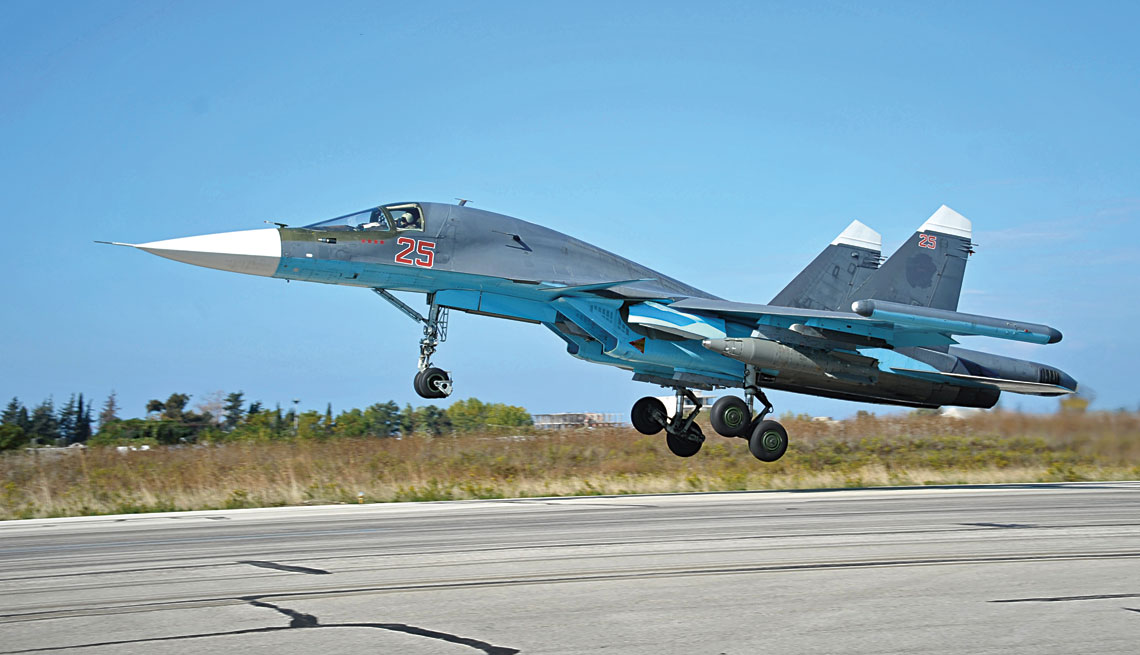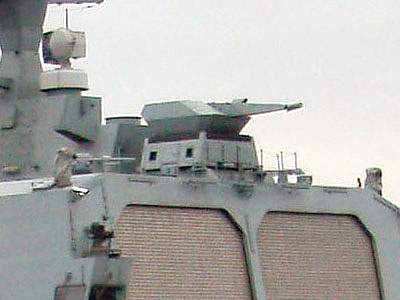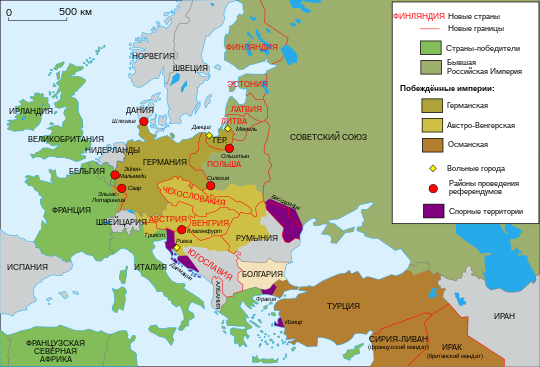
Armament of the Russian contingent in Syria

Takeoff of the Su-34 with a suspended bomb KAB-1500LG. The photo was taken in October 2015. Pay attention to the painted plates and four stars under the cockpit, indicating that the aircraft has already made 40 sorties.
Russia's military intervention in the Syrian conflict came as a complete surprise to foreign analysts and, apparently, also to the special services, including Israeli ones. Preparations for it were effectively masked by an increase in the number of arms supplies for the Syrian Arab Republic, and “vigilance” abroad reduced the widespread belief that the fate of the Bashar al-Assad government and his army was already a foregone conclusion. doomed.
According to fairly unanimous opinions of Western experts, the final defeat was a matter of a maximum of three months in the fall of 2015, there were even reports of plans by Assad and his relatives to flee to Russia. Meanwhile, on August 26, 2015, a secret agreement was signed in Moscow on the entry of the Russian military contingent into Syria, referring to the "Treaty of Friendship and Cooperation" signed between Syria and ... the Soviet Union on October 8, 1980. XNUMX.
Even when at the airbase. Vasily Assad (brother of the president, who tragically died in 1994), the first Russian combat aircraft appeared near Latakia in mid-September 2015, it was believed that they would be used by Syrian crews, and the fact that their identification marks were painted over seemed to confirm these assumptions. No one paid attention to the similarity of this move with the one used in 2014 in the Crimea, where for a long time Russian soldiers without signs of nationality appeared as well-known, anonymous "little green men".
As it became clear that the Russians were actively involved in the civil war in Syria, there was a series of extreme predictions published by Western experts that this was the beginning of a large-scale military intervention, similar to the Soviet actions in Afghanistan in 1979-1988. XNUMX, or American in Vietnam. Everyone agreed that participation in the actions of the Russian ground forces had already been decided and would take place in the near future.
Contrary to these forecasts, the number of Russian contingents in Syria did not increase either quickly or significantly. For example, the fighter component consisted of only eight aircraft, some of which were also used to strike ground targets. Compared to the number of coalition planes and helicopters deployed in combat during Desert Storm (more than 2200), or to what the Americans used in Vietnam and even the Russians in Afghanistan, the maximum number of Russian vehicles of 70 based in Syria, it was just insignificant. .
Another absolute surprise for third countries was the decision of President Vladimir Putin on March 14 this year, according to which the withdrawal of Russian troops from Syria began. It was almost as immediate as the introduction of the contingent. The very next day, the first combat aircraft returned to Russia, and transport workers began to transport people and equipment. The airport staff was reduced, for example, by 150 people. There is no information on the types and number of ground vehicles evacuated. Of course, a significant reduction does not mean a complete evacuation. Putin said that both bases (Tartus and Khmeimim) would remain operational and ensure their security, as well as the possibility of strengthening Russian forces in Syria "if necessary." Air defense measures and fighter aircraft are likely to remain in place for a long time to protect Russian bases in Syria and discourage Turkey from interfering in that country. Much of the ground equipment is likely to be left to government forces, while air and sea deliveries will continue.
The Russians have applied an unprecedented information policy to activities in Syria. Well, in a completely unprecedented way in the history of wars, they informed the public about the activities of their aviation, reporting the location and number of targets, the number of sorties, attacks and information (including on film) about their course. From the very beginning, journalists, including foreigners, were invited to the Chmeimim base, and they were allowed to film the planes, their weapons and crews. Behind this veil of openness, there were also activities that were not reported to the public, and many of them have remained unknown to this day. However, there is no doubt that there was no intensive use of Russian ground forces in Syria. From fragmentary information, one can try to recreate a picture of the measures that the Russians decided to apply in this conflict.
Aircraft armament
A small and diverse air force has been sent to Syria. Initially, it consisted of four Su-30SM multi-role fighters from the 120th separate mixed aviation regiment of the 11th OPV and air defense, based at the Domna airfield near Khabarovsk, four Su-34 attack aircraft from the 47th mixed aviation regiment of the 105th Mixed air division of the 6th Leningrad Air Force and Air Defense Army, based at the Baltimore airfield near Voronezh, 10 Su-25SM attack aircraft and two Su-25UB (probably from the 960th SDP from Primoro-Akhtarsk in the Far East from the 4th Air Force Air Force and Air Defense) and 12 Su-24M2 front-line bombers. Su-24s, and most of all their crews, came from several parts. Firstly, these were the 2nd bomber regiment (mixed air regiment) of the 14th Air Force and Air Defense Army, based at the Shagol airfield near Chelyabinsk, and the 277th bomber regiment of the 11th Air Force and Air Defense Army from Churba near Komsomolsk. Later, as part of the crew rotation, pilots of the 98th mixed aviation regiment of the 105th mixed aviation division of the 6th Air Force and Air Defense Army under the command of the Northern Fleet based in Safonov were sent to Syria (the regiment was not officially formed until December 2015). It is significant that the aircraft and crews arrived only from units based in the North and Far East of Russia. Apparently, the regiments in southern Russia were kept on alert in case of a sudden deterioration in the situation. Combat aircraft were supplemented by the Mi-24MP and Mi-8AMTZ helicopters (12 and 5 units, respectively) and the Il-20M reconnaissance aircraft. This gives a total of 49 machines, while it is officially stated that there are 50 of them. The crews were also supplemented with the involvement of the most qualified personnel, namely pilots from the 929th GLITs GOTs from Akhtubinsk. .

